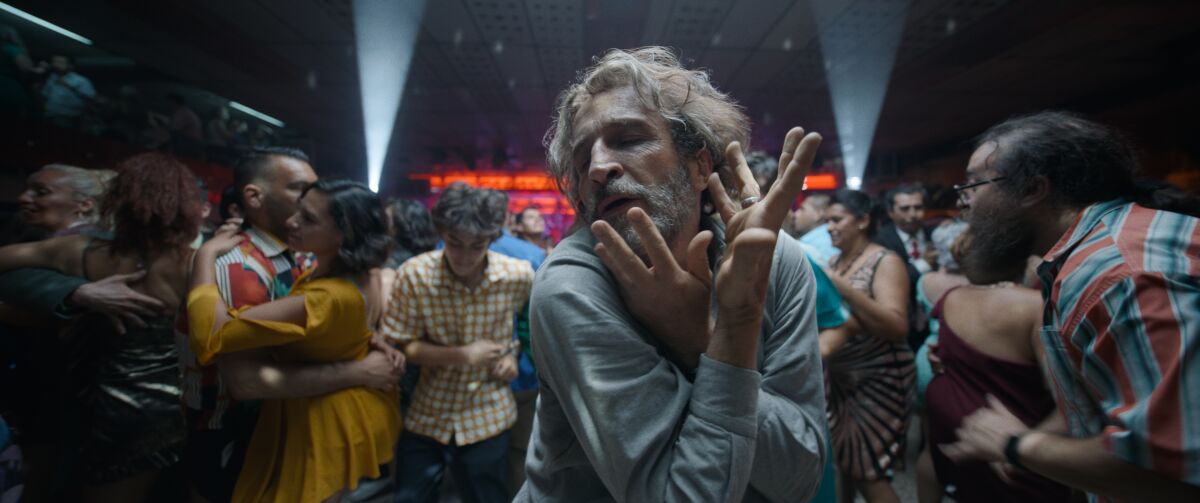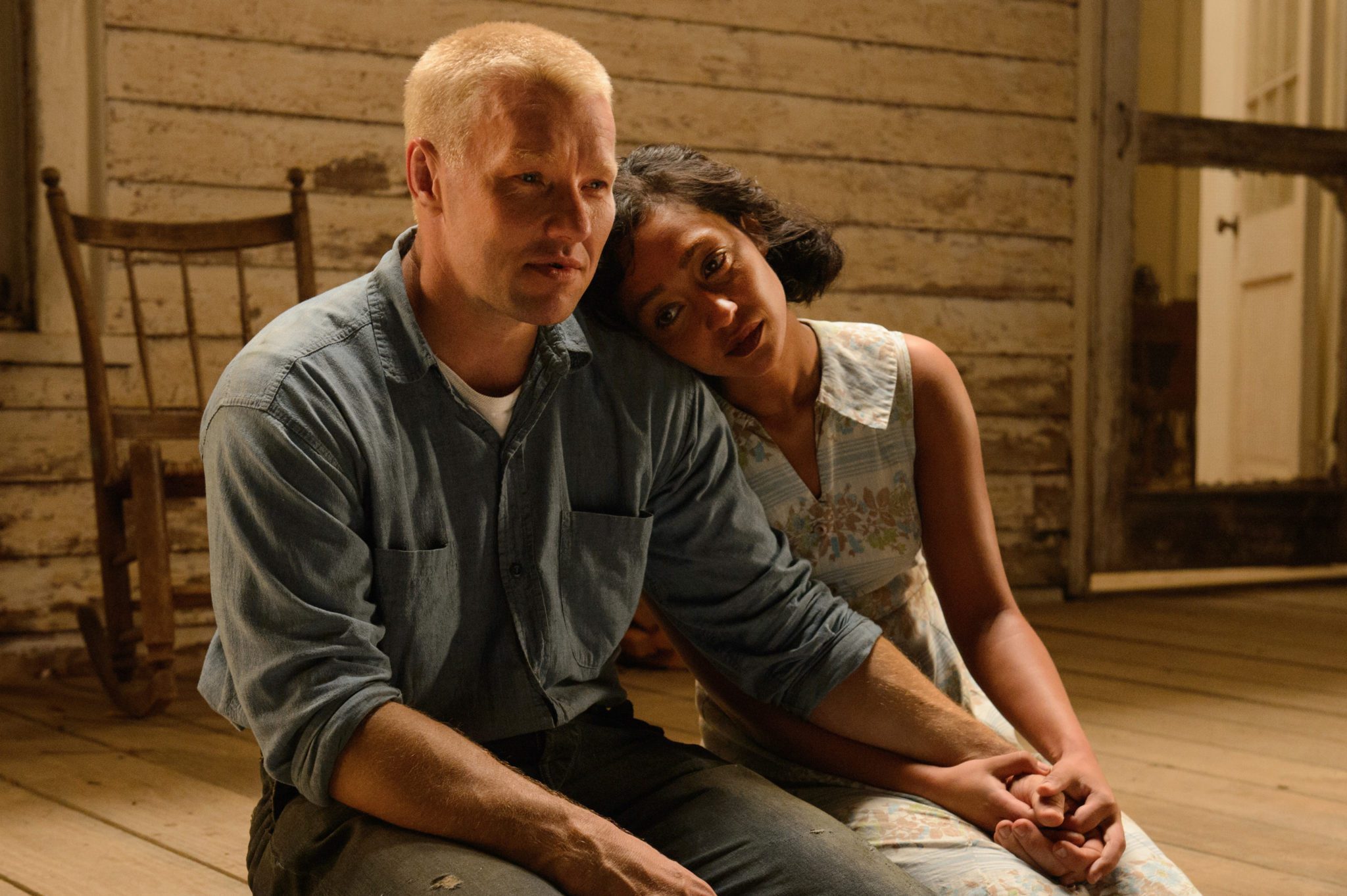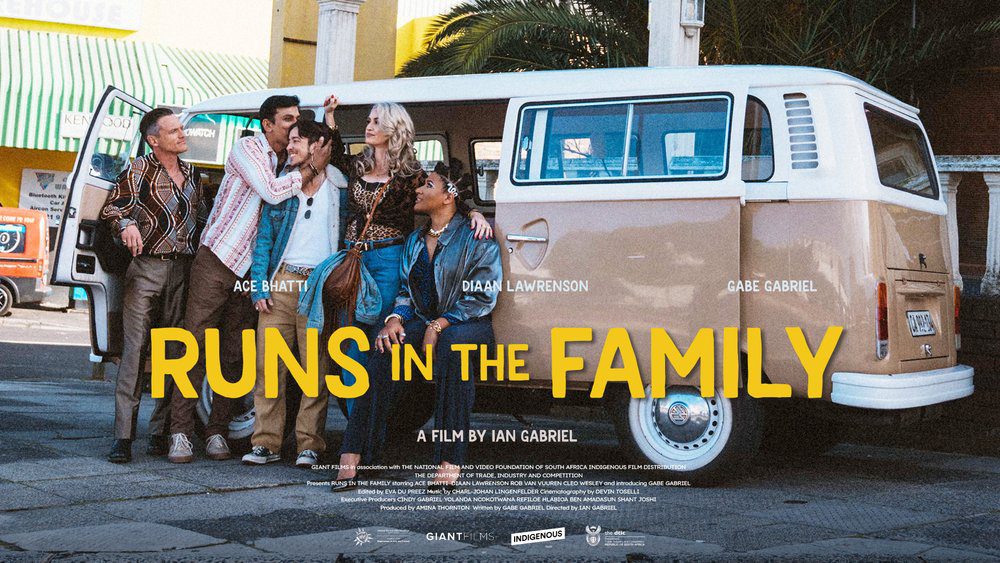Fifty years ago, the goddess of film criticism, Pauline Kael, called Norman Jewison?s Fiddler on the Roof ?the most powerful movie musical ever made.? I wouldn?t dream of disputing that assessment. To be sure, Fiddler is not only among the most powerful musicals, but among the most emotionally powerful films. As the fiftieth anniversary has come, Daniel Raim?s making-of film, Fiddler?s Journey to the Big Screen, gives us a chance to took back on that film and remember just how powerful the story and the storytelling are.
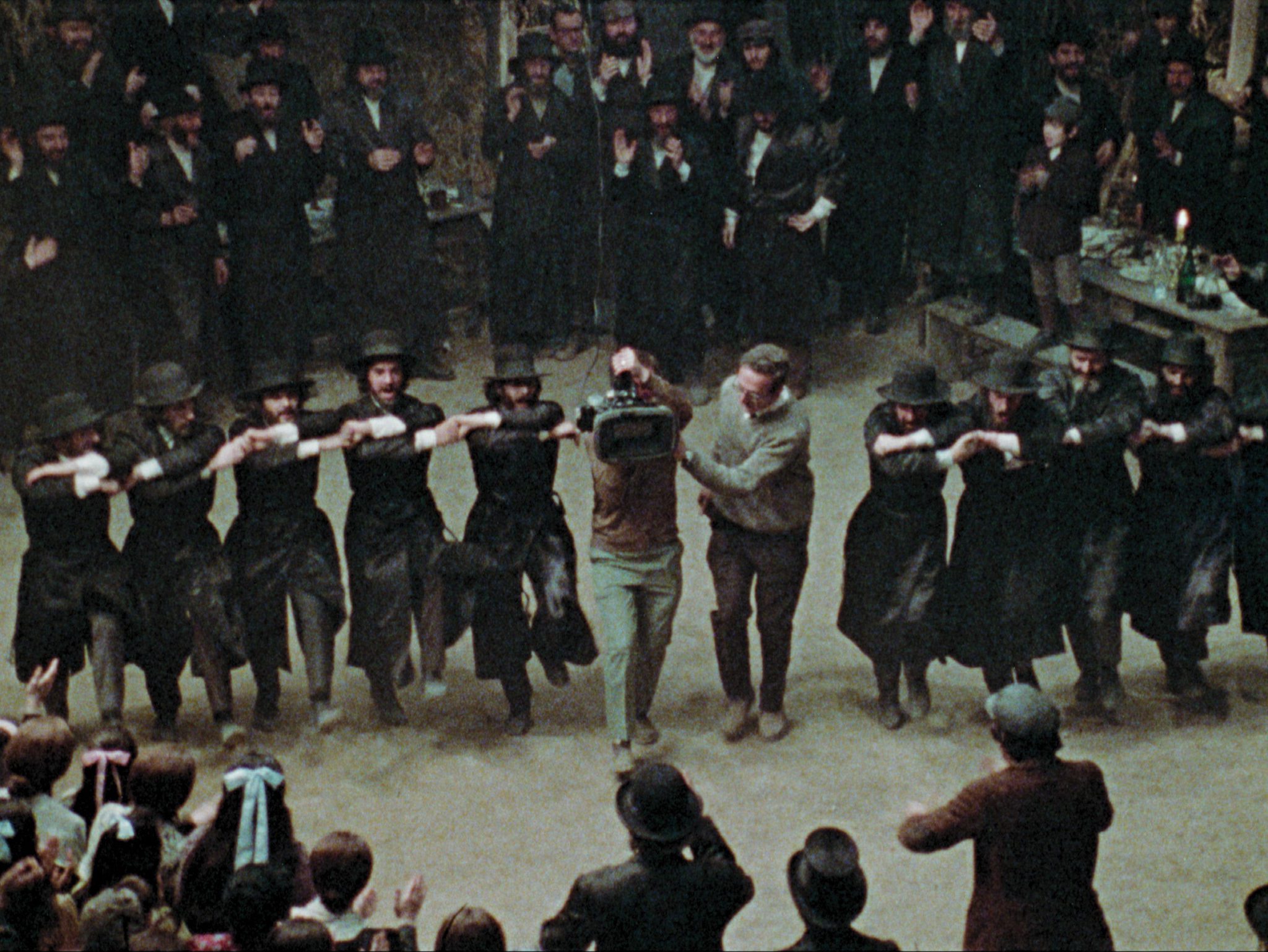
(If for some reason, you have never seen Fiddler, by all means find a copy [libraries are often a good source of films] and spend three hours in the life of Tevya and his neighbors in early 20th Century Anatevka. Tevya is one of the finest theologians you will find in films. But that is the subject for a review of the original film.)
Jewison was recruited to produce and direct an adaptation of the hit musical, which in turn was based on a series of short stories by the Yiddish writer Sholom Aleichem. It is the story of a Jewish peasant dairyman in a Russian shtetel. He has five daughters, and he feels the pressure of having to marry them all off. But even more important, the story focuses on the changing of traditions and how we adapt to a world that is being turned upside down.
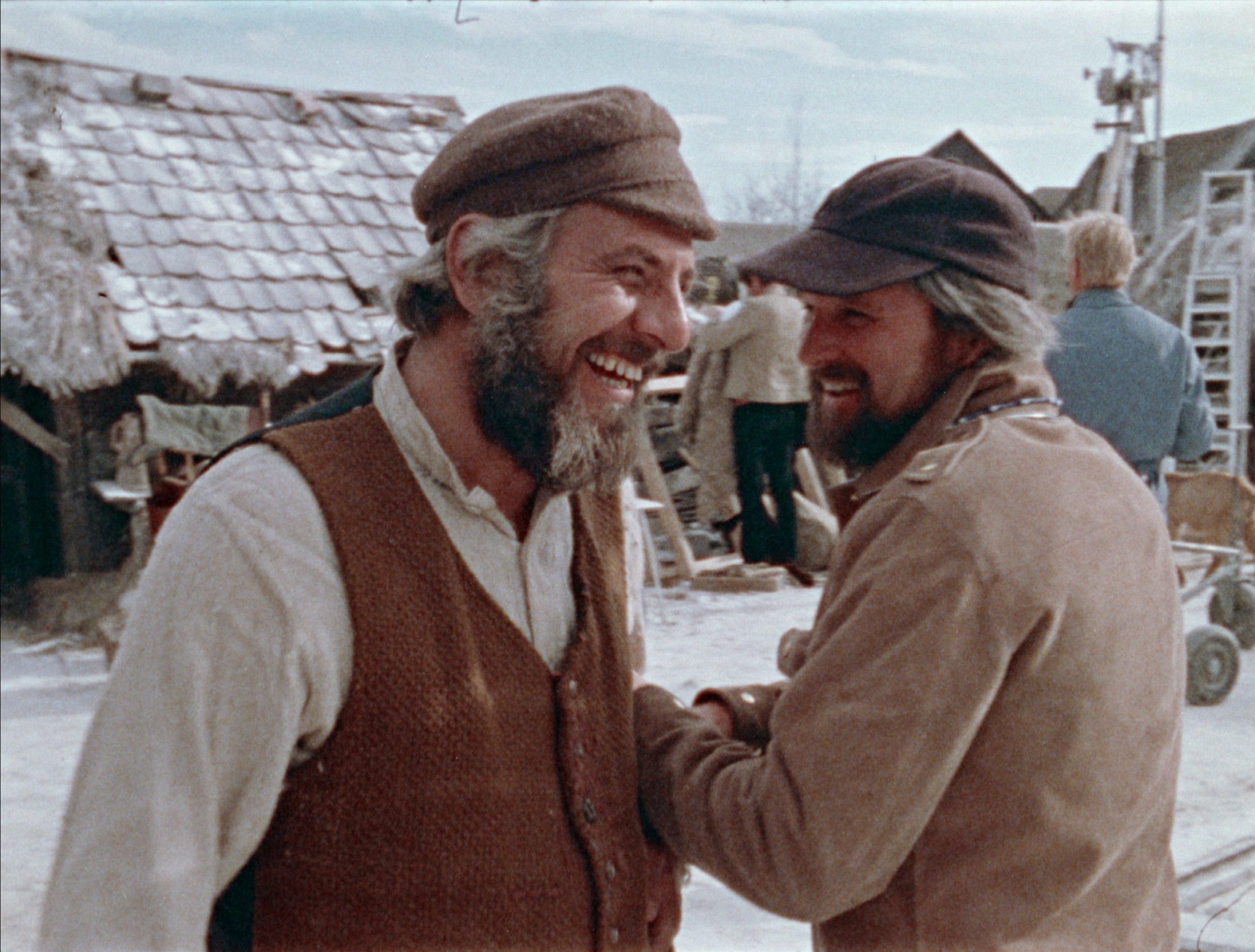
Fiddler?s Journey takes us through what was involved in making the film. It includes interviews with Jewison; John Williams, who adapted the music for the film; Topol, who played Tevya, and the three actresses who played Tevya?s daughters. This film serves as a good overview of the collaborative process that goes into making a film. It touches on how the casting was done, the changes that had to be made in the music, the production design, cinematography, and finding a location. Each of these pieces are important to the end product.
The last quarter of the film touches on what made the film important. The actors share what it meant for them to be part of this, but at a deeper level, we see that Fiddler spoke very much to the time it came out. That too was a time of upheaval and the challenging of traditions. Traditions have continued to undergo changes?from ideas of family, to the meaning of patriotism, to how baseball is played. As such, Fiddler is still a film that can speak to us.
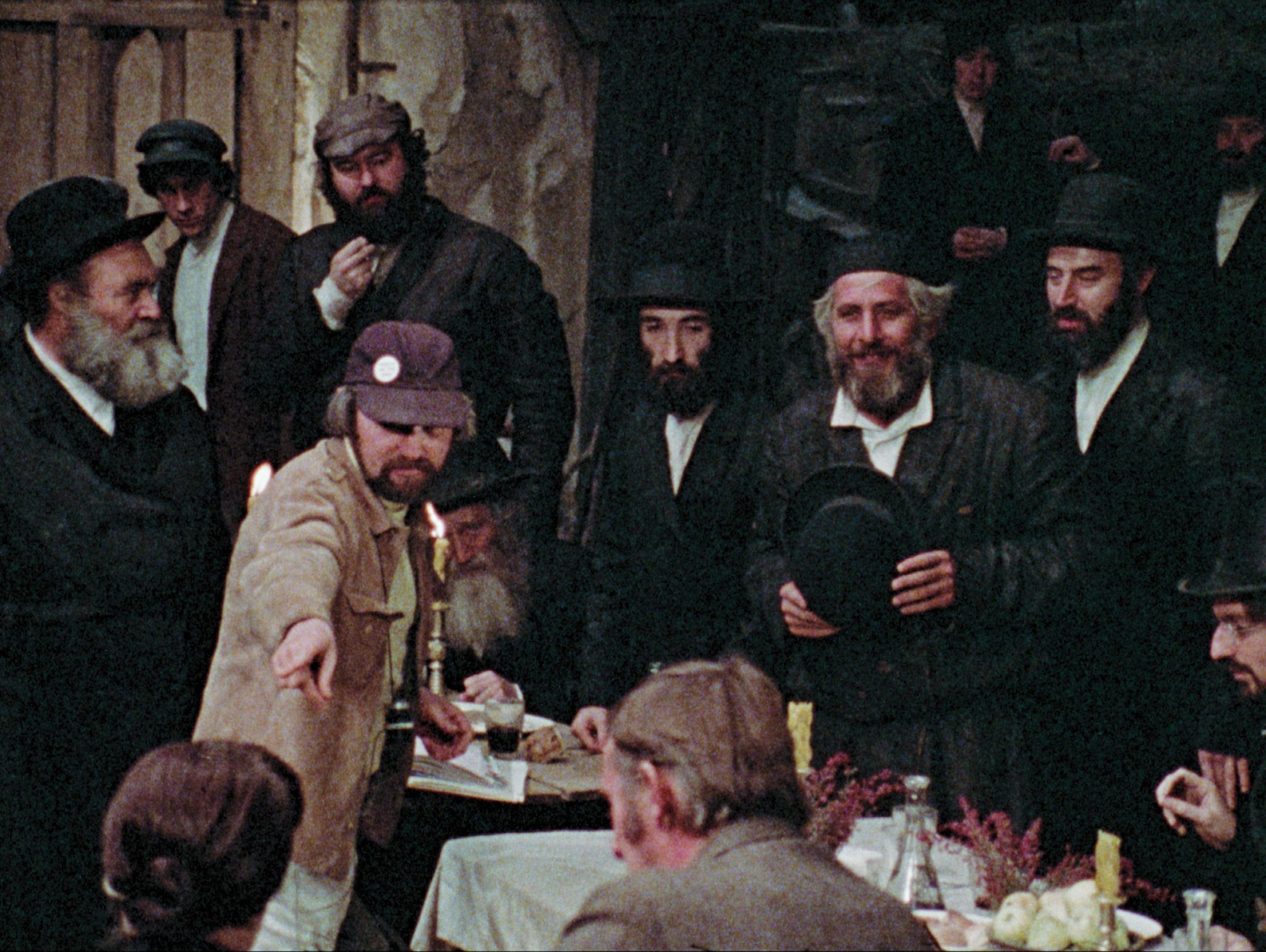
One of the stories Jewison recounts is that when they asked him to make the film, he asked back, ?What would you say, if I said ?I?m a goy??? The response was ?What would that matter?. We want a film for everybody.? That reflects what Fiddler became. This story of a Jewish peasant in a far-off country is really a universal story?and a timeless on. The village name Anatevka from Fiddler became the name of a displaced persons camp in Ukraine a few years back. And as we watch the news and hear of new people being driven from homes, we know that the Tevya?s story is still going on.
Fiddler?s Journey to the Big Screen is showing in select theaters.
Photos courtesy of Zeitgeist Films and Kino Lorber.
FilmReviews
